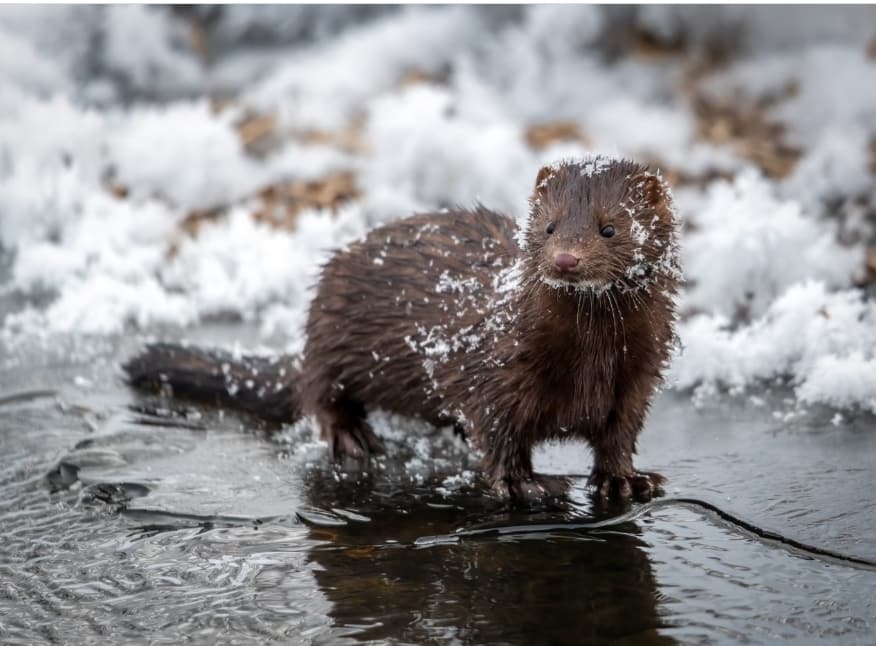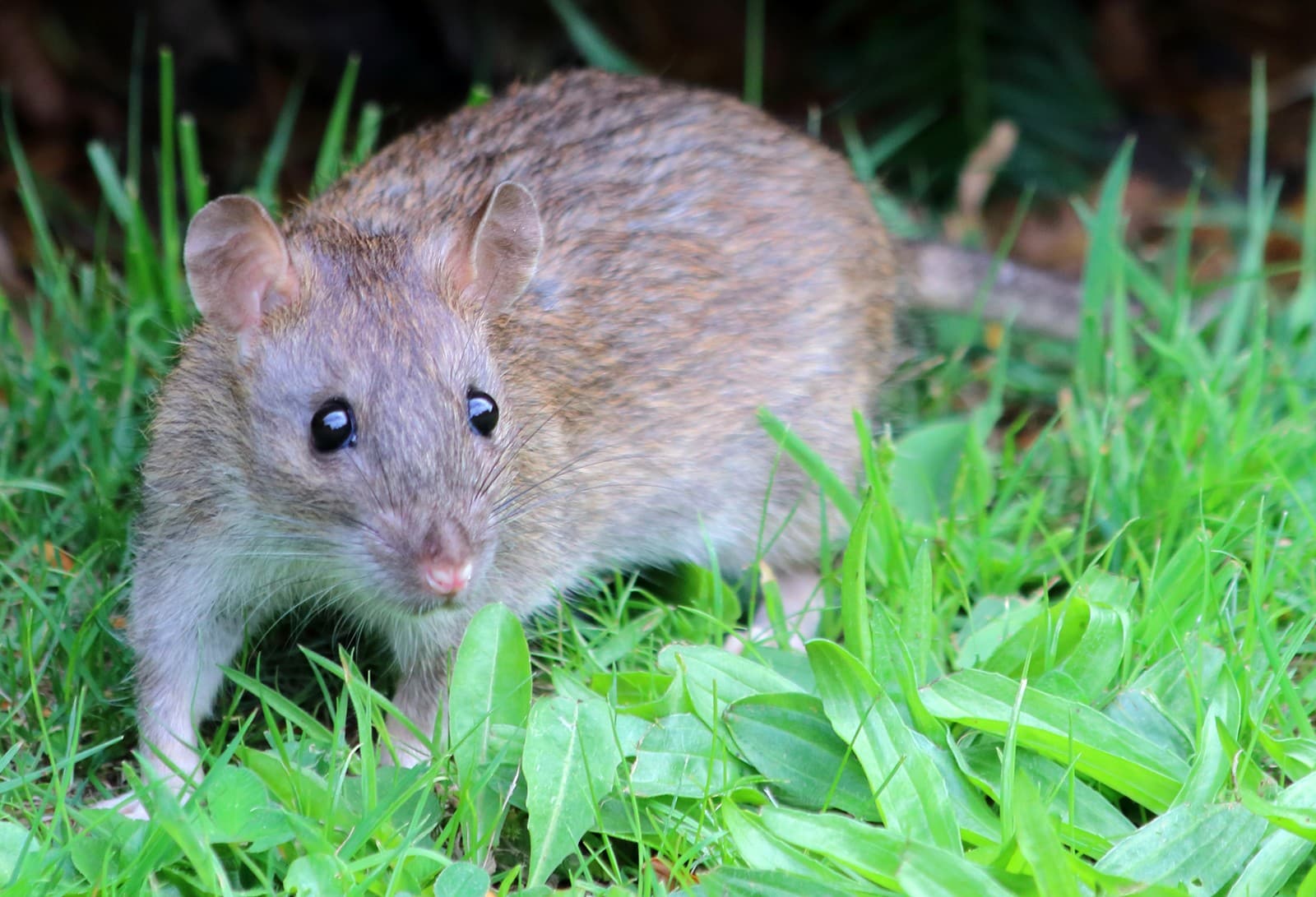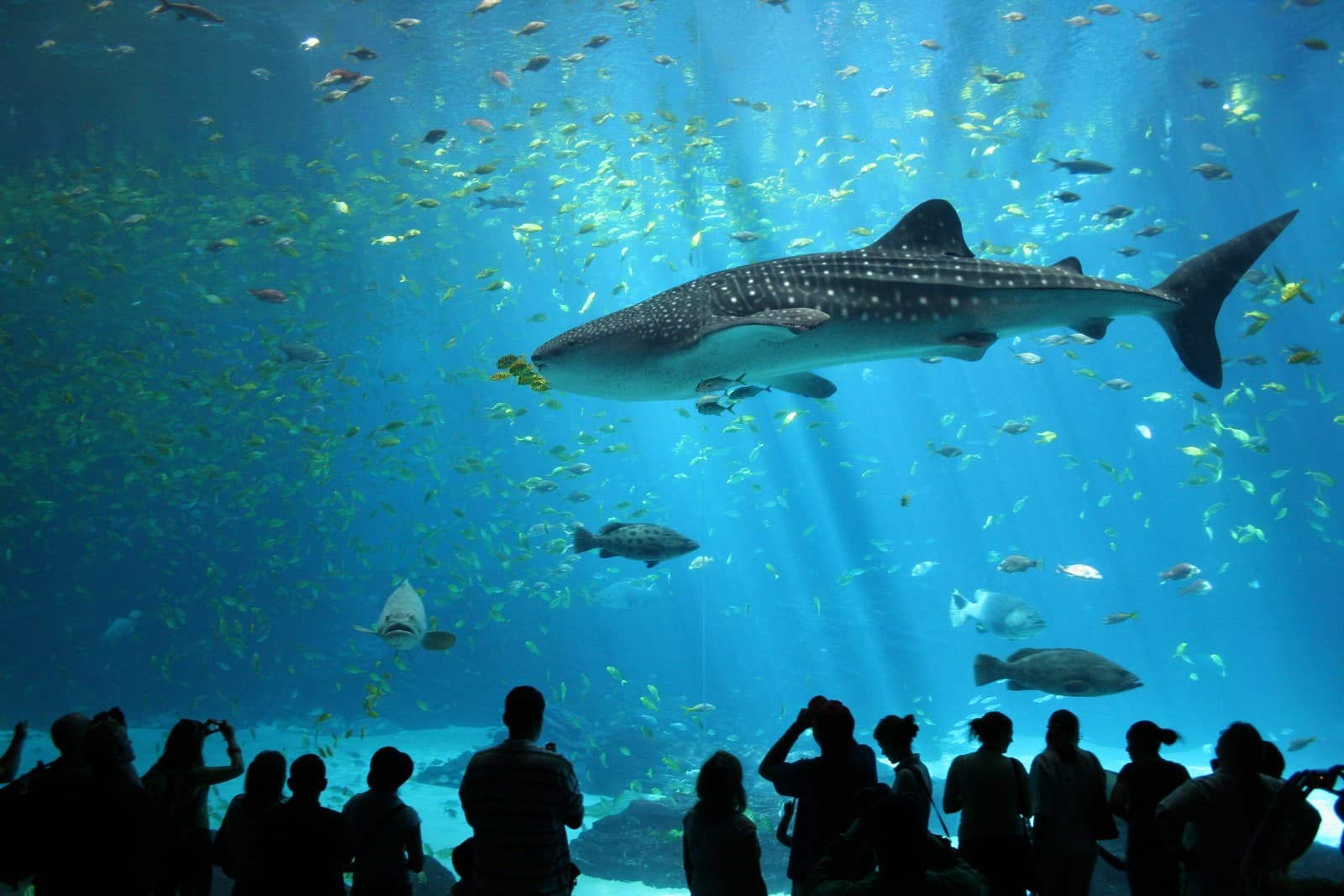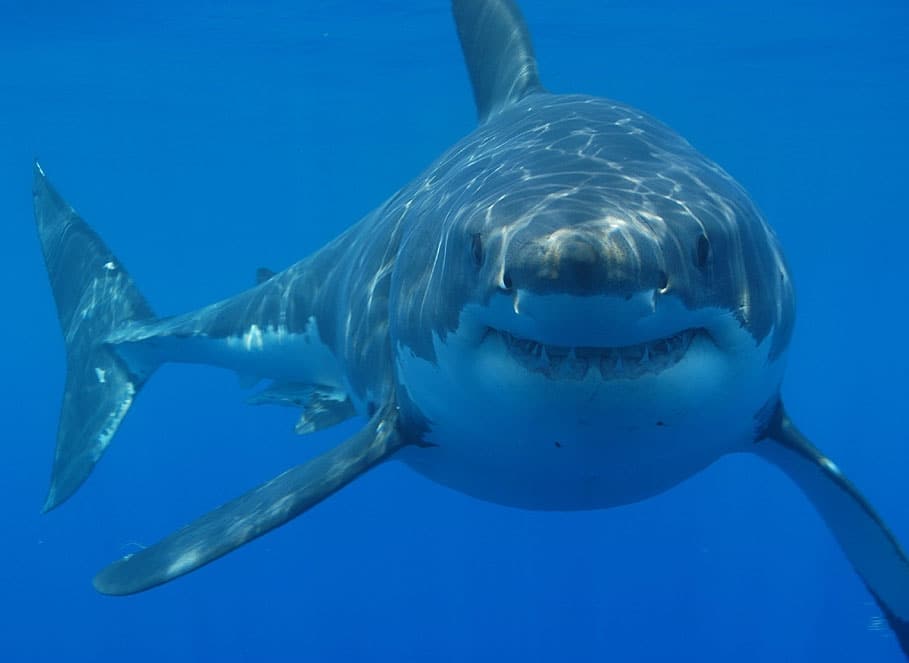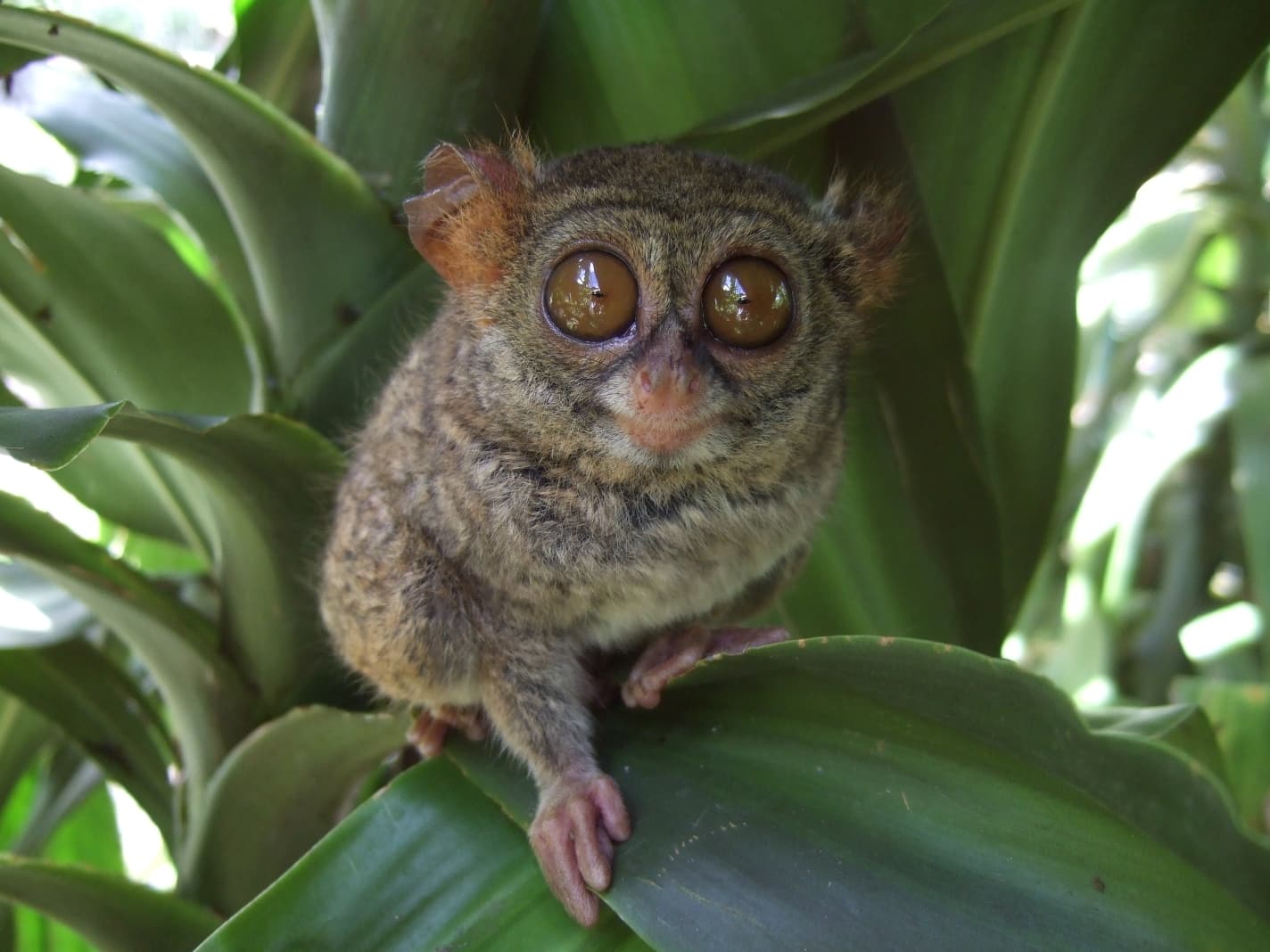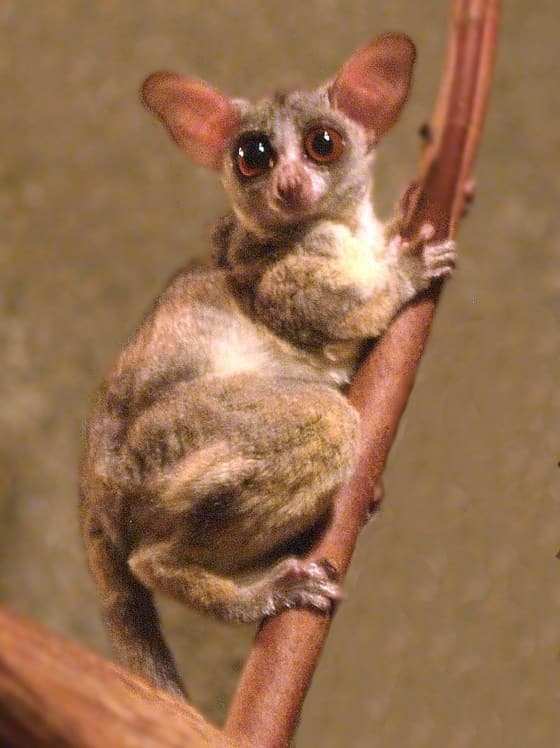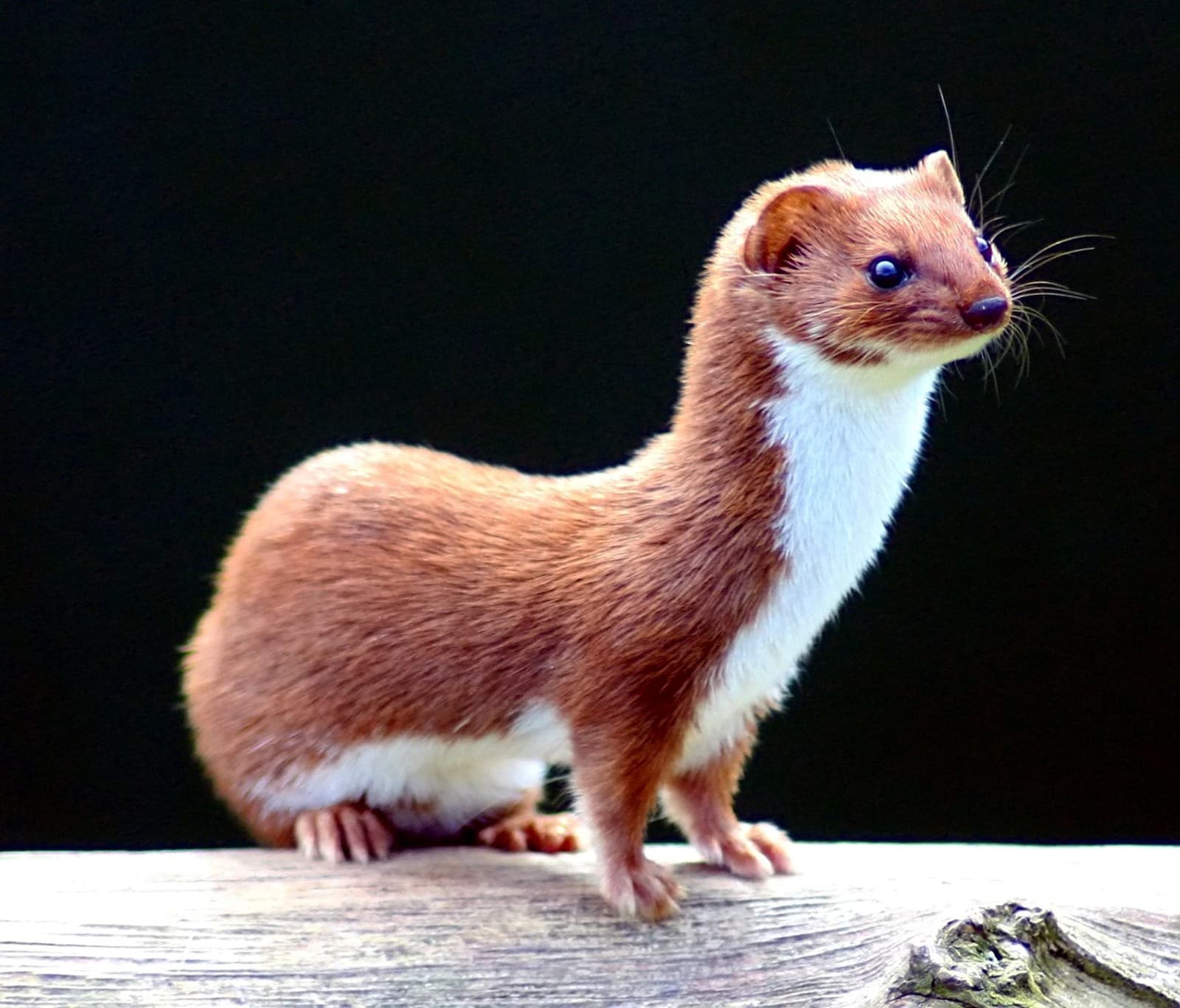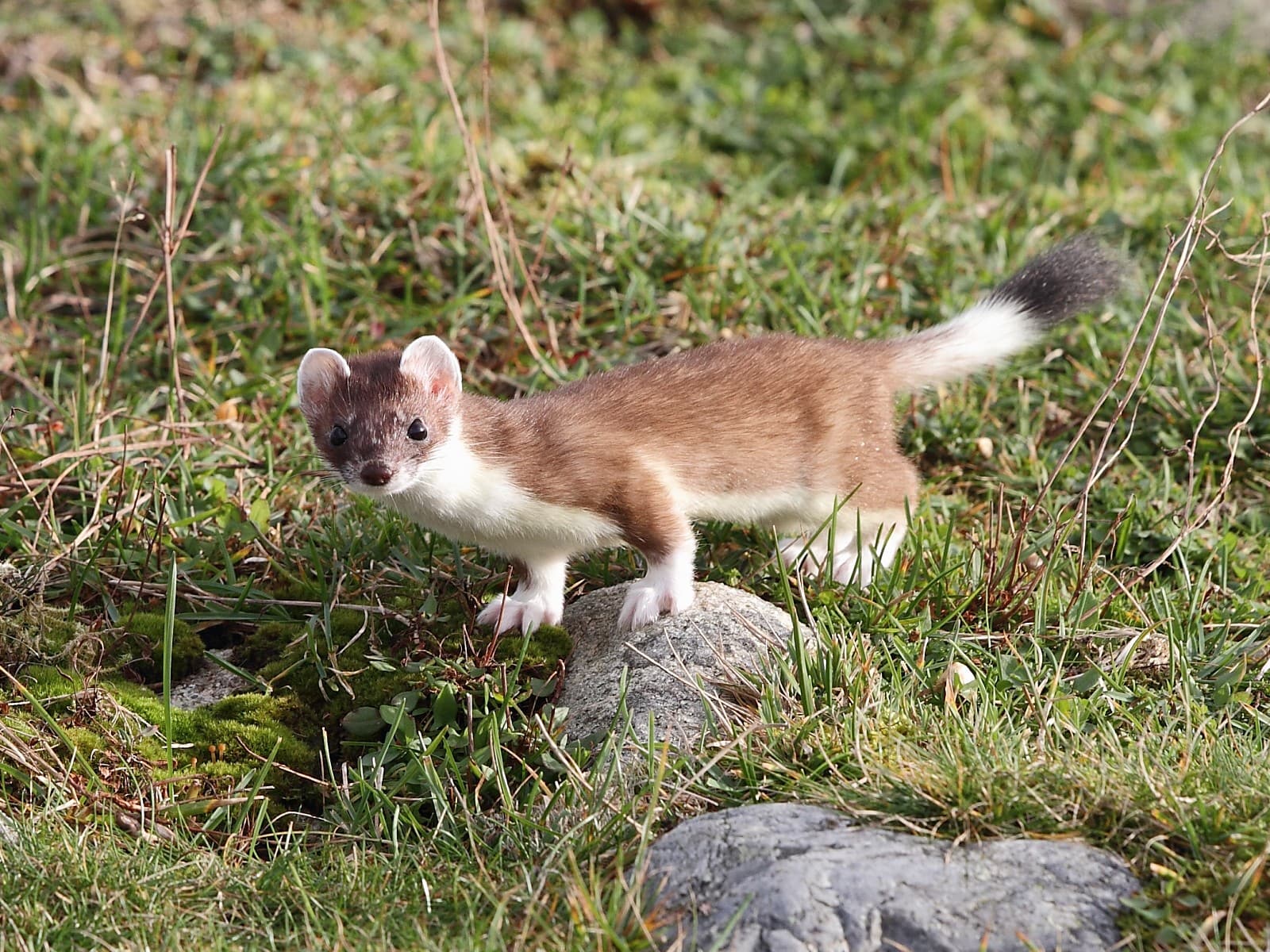Sea Otter vs River Otter: A Complete Comparison
When comparing sea otters vs river otters, the differences extend far beyond their preferred habitats. Sea otters (Enhydra lutris) are significantly larger, weighing 31-100 pounds (14-45 kg), while river otters typically weigh 11-30 pounds (5-14 kg). These fascinating mustelids have evolved distinct characteristics that perfectly suit their respective environments.
The most striking difference between sea otters and river otters lies in their lifestyle and adaptations. Sea otters spend nearly 100% of their time in marine environments, rarely coming ashore, while river otters split their time between water and land, frequently exploring riverbanks and wetland areas.
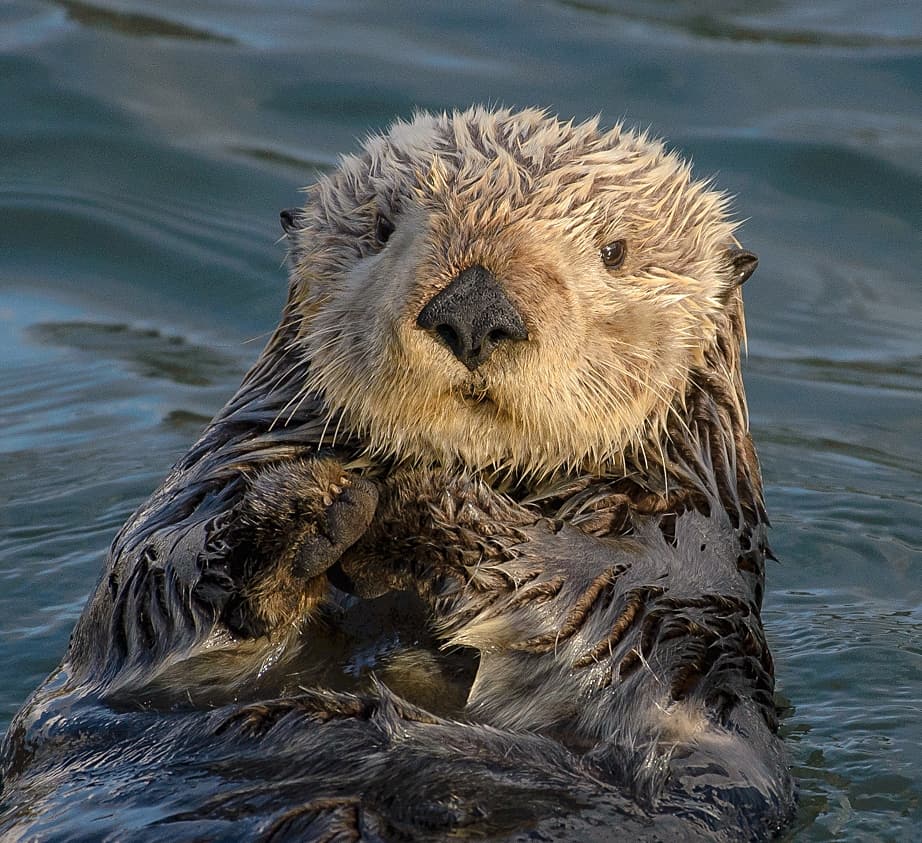
© Marshal Hedin from San Diego / CC BY-SA 2.0
Sea otters are distinguished by their characteristic floating behavior, often seen resting on their backs while using their bellies as dining tables. Their dense fur is the thickest of any mammal, with up to one million hairs per square inch.
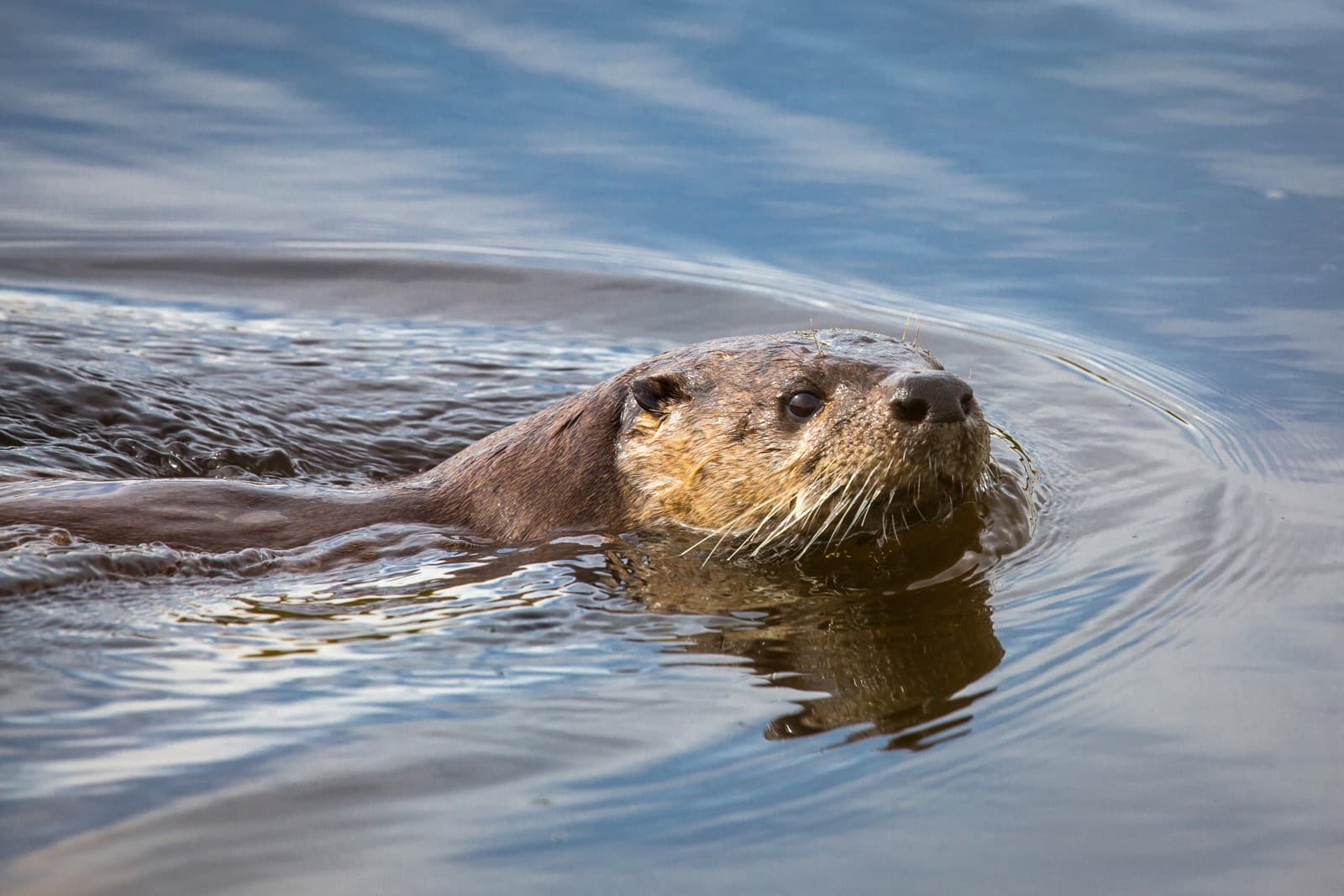
© pixel2013 / CC0
River otters display more agile and energetic behavior, with sleeker bodies adapted for both swimming and terrestrial movement. Their fur, while still waterproof, is less dense than their marine cousins.
Key Differences: Sea Otter vs River Otter
| Feature | Sea Otter | River Otter |
|---|---|---|
| Size | 31-100 lbs (14-45 kg) | 11-30 lbs (5-14 kg) |
| Habitat | Marine coastal waters | Rivers, lakes, coastal areas |
| Fur Density | Up to 1 million hairs/sq inch | 250,000-400,000 hairs/sq inch |
| Paw Structure | Large, retractable | Small, semi-webbed |
| Tool Use | Frequent tool users | Rare tool use |
| Social Behavior | Often solitary or small groups | More social, family groups |
Habitat and Distribution
Sea otters are strictly marine mammals, inhabiting coastal waters along the northern Pacific Ocean. They rarely venture more than a half-mile from shore and prefer areas with kelp forests and rocky substrates. These marine specialists are found from California to Alaska and across to Russia and Japan.
River otters demonstrate remarkable adaptability, thriving in diverse freshwater environments including rivers, lakes, and marshes. They can also be found in coastal areas but primarily stick to brackish waters and estuaries. Their range spans across North America, Europe, and Asia.
Behavioral Differences
Feeding Habits
Sea otters are unique among marine mammals for their sophisticated tool use, regularly employing rocks to crack open hard-shelled prey. Their diet consists primarily of marine invertebrates like sea urchins, abalone, and crabs. They consume approximately 25% of their body weight daily to maintain their high metabolism.
River otters are opportunistic predators, primarily catching fish, crayfish, and amphibians. Unlike sea otters, they rarely use tools and typically hunt by chasing prey in short bursts. Their daily food intake is roughly 15% of their body weight.
Social Structure
While sea otters can form large rafts (groups) of up to 100 individuals, they are often solitary or found in small groups. Females typically raise pups alone. River otters are more social, living in family groups and frequently engaging in playful behavior with their relatives.
Who Would Win in a Fight?
While such encounters are extremely rare due to different habitat preferences, a sea otter would likely dominate in a physical confrontation due to its superior size and strength. Sea otters can be up to three times heavier than river otters and possess powerful jaws adapted for crushing hard-shelled prey. However, river otters are more agile and would likely avoid confrontation through superior maneuverability.
Conservation Status
Both species face significant challenges from human activities:
- Sea otters are listed as endangered in several regions, with populations at about 3% of their historical numbers
- River otters have recovered in many areas but remain threatened by habitat loss and water pollution
- Both species are considered sentinel species, indicating ecosystem health
Understanding the distinctions between sea otters and river otters is crucial for conservation efforts and appreciating the remarkable adaptations of these charismatic marine mammals. While they share a common ancestor, their evolutionary paths have led to fascinating specializations that make each species uniquely suited to its environment.
